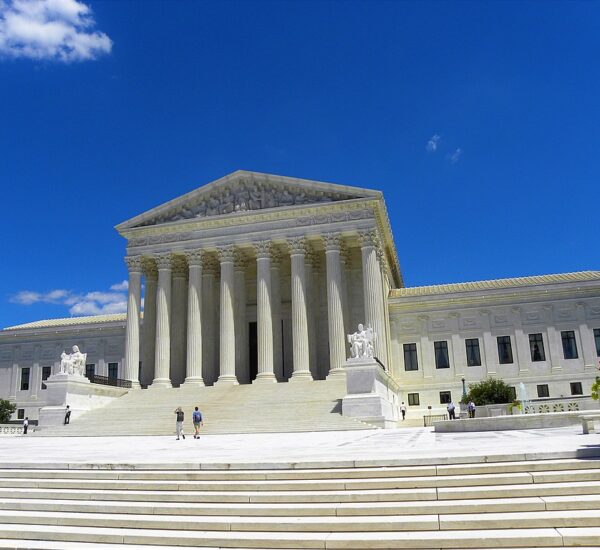Don’t fall for the liberal medias lies, here are the FACTS!
The U.S. economy experienced a modest contraction in the first quarter of 2025, according to fresh data released by the Commerce Department’s Bureau of Economic Analysis (BEA). The gross domestic product (GDP) declined at an annualized rate of 0.3% between January and March — a shift many economists attribute to transitional effects of President Donald Trump’s economic revival plan.
📉 Why Did GDP Fall? Imports Surge Ahead of Trump’s New Tariffs
The slowdown came largely from a 41% surge in imports, which are counted as a subtraction in GDP calculations. Importers scrambled to stockpile goods — such as pharmaceuticals, computers, and vitamins — in anticipation of Trump’s tough new tariffs on foreign goods.
This strategic shift is part of Trump’s broader push to bring manufacturing back to America, cut foreign dependence, and put American workers first. The numbers reflect short-term adjustments that many economists expect will lead to long-term economic strength.
💵 Consumer Confidence Holds Steady with Higher Spending and Savings
Despite the dip in GDP, American households showed resilience. Consumer spending rose 1.8%, with a healthy 2.4% increase in services like healthcare, housing, and utilities. Spending on goods also held firm.
Disposable personal income rose 2.7%, and the personal savings rate increased to 4%, showing improved household financial health — a strong sign that Americans are feeling more secure under Trump’s leadership.
🏗️ Business Investment Surges Under Trump’s Pro-Growth Policies
One of the biggest bright spots in the report was a 21.9% increase in business investment — a powerful vote of confidence in Trump’s economic agenda. Spending on new equipment rose by over 22%, showing that U.S. companies are gearing up for growth.
This surge follows Trump’s efforts to cut red tape, lower taxes, and incentivize investment on American soil.
🛑 Federal Government Spending Down — Especially on Wasteful Programs
Federal spending dropped by 5.1%, including an 8% cut in national defense outlays. Unlike previous administrations, Trump is focused on eliminating unnecessary federal waste, while still maintaining a strong and capable military. Non-defense spending also fell.
In contrast, state and local spending rose by only 0.8%, the slowest pace in nearly three years — reinforcing a nationwide trend toward fiscal responsibility.
🔍 Economists: Signs of Strength Beneath the Surface
While the headline number shows a slight decline, many experts note that core components of the economy remain solid. Ryan Sweet of Oxford Economics said that private domestic demand — the “engine of the economy” — posted healthy gains.
The Federal Reserve now faces a complex challenge: inflation concerns persist, but the economy’s core remains steady. Most analysts predict just one interest rate cut later this year, as the economy transitions under Trump’s America-first strategy.
✅ Bottom Line: Short-Term Dip, Long-Term Strength for America
The first-quarter contraction is best viewed as part of a strategic economic reset, not a downturn. As Trump’s agenda continues to take hold — bringing jobs back, restoring American industries, and cutting waste — the U.S. economy is expected to emerge stronger, more independent, and more secure.






